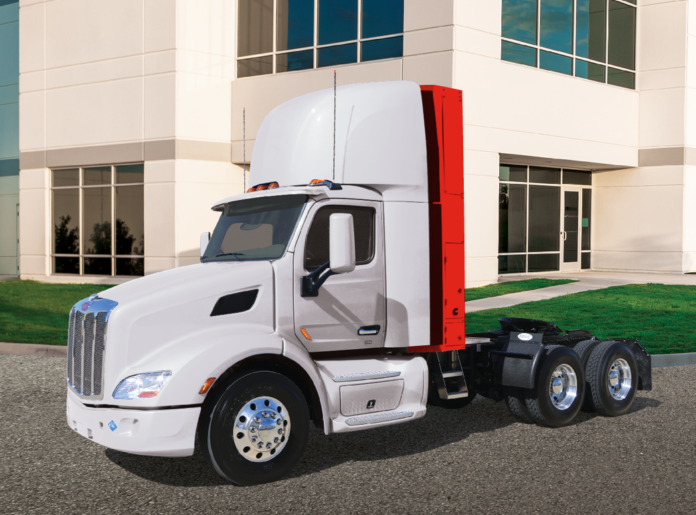Cummins Clean Fuel Technologies has introduced a new series of back-of-cab natural gas fuel systems, available in 135 DGE and 175 DGE capacities and compatible with both compressed natural gas and renewable natural gas.
The company says the systems have been enhanced with a redesigned roof for improved aerodynamics, as well as an all-new extruded aluminum frame and smaller overall dimensions to accommodate all truck OEMs.
Further, the overall weights of the 135N and 175N systems have been reduced by more than 400 pounds thanks to an advanced lightweight structure and simplified plumbing arrangement, without sacrificing the quality and durability of the system.
With fewer fittings and an easier-to-remove cover assembly, the new back of cab systems are also designed to improve serviceability, helping to reduce annual inspection time and ease troubleshooting for technicians.
“The enhancements we’ve made to our BOC 135N and 175N, help make our systems lighter and more fuel efficient, as well as more compatible with all OEMs,” says Mike Zimmerman, general manager of Cummins Clean Fuel Technologies.
The company notes that the BOC 135N and 175N systems paired with a Cummins X15N engine receive the same base warranty coverage as the engine: two years/250,000 miles.
All systems also come with the GreenLync 3.0 electronics communication system as standard equipment. GreenLync 3.0 was recently enhanced with industry-leading safety features, including heat detection in the CNG cabinet, onboard diagnostics with multiple screen settings and a robust electronic control unit housed inside the integrated fuel management module, which broadcasts an alert to the driver via in-dash screens.
The system has triple the processing power and uses advanced proprietary technologies to provide valuable real-time information to drivers, fleet managers and technicians to effectively manage, diagnose and service CNG vehicles, focusing on driver confidence and providing a more diesel-like experience. The system is designed to reduce false occurrences of engine fault codes and can integrate with telematics platforms to enable fleet managers to understand their vehicle performance and optimize fuel management.





